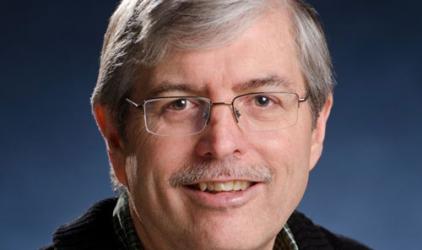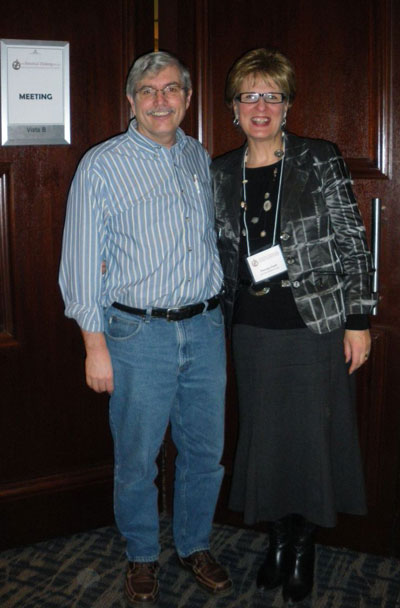Connecting the Diverse Parts of My Scholarly Life (Alan Sears)

I have heard many academics say something like, “I came to my research area by accident” or, “My research focus found me, I didn’t find it.” This has certainly been true for me. The focus and direction of my research and scholarship have often been altered by personal connections and unexpected opportunities.
As I was preparing to leave for PhD studies at UBC in the early 1990s, a New Brunswick Senator I knew called to say the Senate Committee he sat on was about to embark on a study of Canadian Citizenship and he wanted to know if I would do some background research for them. The fact that the position came with some money and I was leaving my job to become a student again was a key factor in my saying yes. I also saw an opportunity to combine the research for the Senate with my doctoral studies and so completed a dissertation on federal policy in citizenship education. That laid the foundation for a body of comparative international work in citizenship education, as well as my current focus on student thinking about civic concepts and ideas.
While at UBC I shared an office with Penney Clark and taught a course with Peter Seixas who was a new faculty member at the time. Peter also served on the supervisory committee for my dissertation research. Both Peter and Penney went on to become leaders in history education research and development in Canada and my continued association with them led to my involvement with the Historical Thinking Project and The History Education Network (THEN/HiER).
More recently, I returned from a sabbatical overseas to find a new colleague, Mark Hirschkorn, had joined the faculty of education where I teach. Mark is a science educator so I didn’t anticipate that we would become research collaborators. It turned out, however, that Mark’s particular research focus was teacher education and I was certainly a teacher educator although I hadn’t thought much about research in the field. As Mark and I became friends we spoke more about our respective areas of scholarship and I joined a research team he heads investigating teacher education in Canada.
 One of the most exciting recent developments for me has been the way projects sponsored by THEN/HiER have drawn together what seemed disparate parts of my scholarly life. In the broad field of social studies education there has often been tension between the areas of history and citizenship. Because of this, as a citizenship educator, I had always felt on the periphery of the history education community. I was a bit surprised, then, when Penney Clark asked me to join the team of chapter writers for THEN/HiER’s first edited book, New Possibilities for the Past: Shaping History Education in Canada, that was to map the landscape of history education in Canada. I wrote a chapter exploring the connections between history and citizenship education and since have followed up with more research and writing on that theme.
One of the most exciting recent developments for me has been the way projects sponsored by THEN/HiER have drawn together what seemed disparate parts of my scholarly life. In the broad field of social studies education there has often been tension between the areas of history and citizenship. Because of this, as a citizenship educator, I had always felt on the periphery of the history education community. I was a bit surprised, then, when Penney Clark asked me to join the team of chapter writers for THEN/HiER’s first edited book, New Possibilities for the Past: Shaping History Education in Canada, that was to map the landscape of history education in Canada. I wrote a chapter exploring the connections between history and citizenship education and since have followed up with more research and writing on that theme.
When Ruth Sandwell and Amy von Heyking, colleagues from the THEN/HiER Executive Board, asked me to join a project to produce an edited book on history teacher education, another thread of my scholarship was woven into the history education tapestry. The work I had been doing with the UNB teacher education research group laid the basis for my chapter for Ruth and Amy’s book, and that productive collaboration with history education colleagues fed back into the broader work on teacher education we are pursuing at UNB.
Research is often characterized as being driven forward almost solely by important questions and I am sure there are researchers for whom this is true. In my case, however, collaborative relationships have proven at least as important as burning questions in setting directions for my scholarship. Over my career I have written a range of articles, chapters, and books, some as a single author and some written with others. Even those that carry my name alone have been influenced and shaped by the colleagues and students with whom I have had the privilege to work.
Alan Sears with Penney Clark

